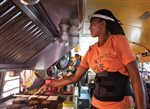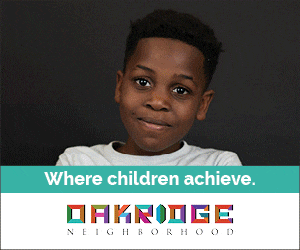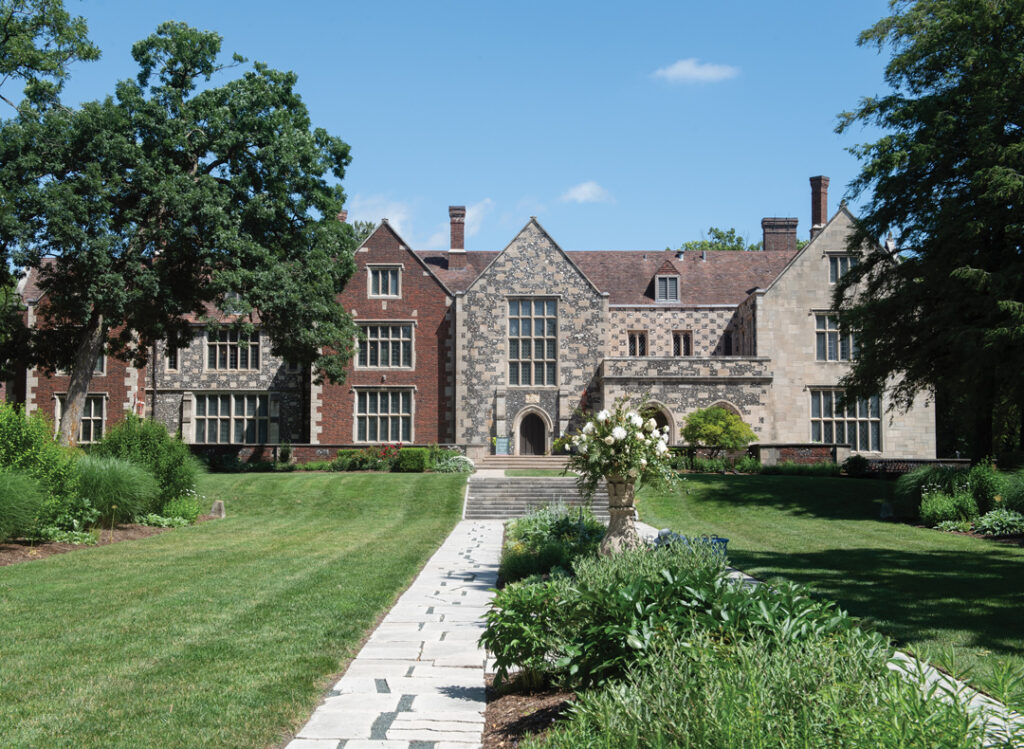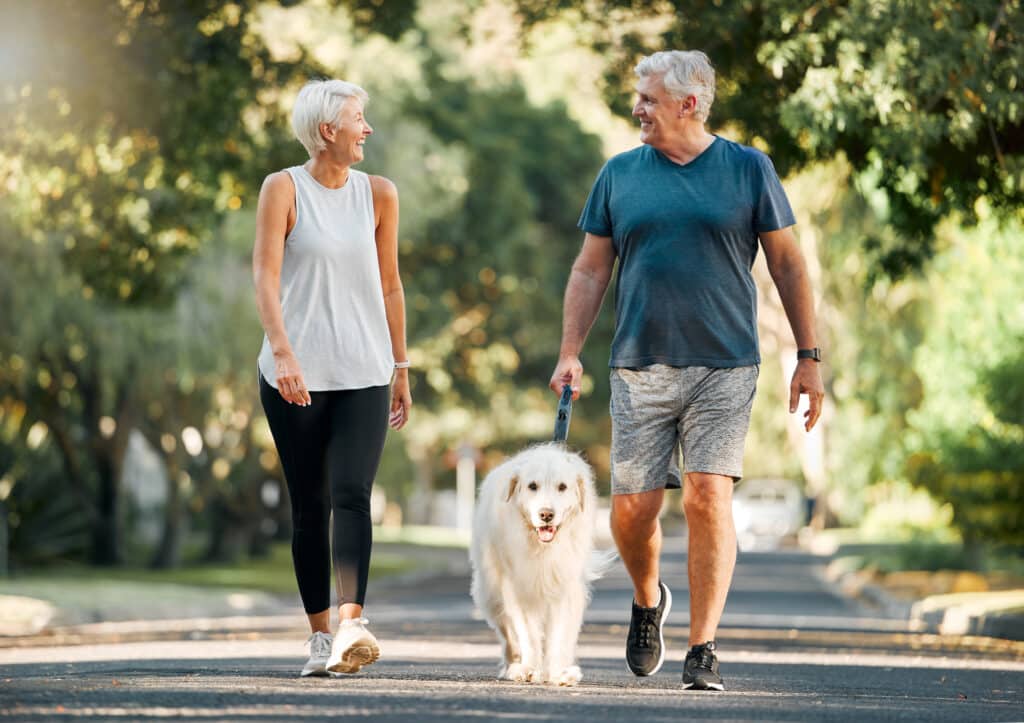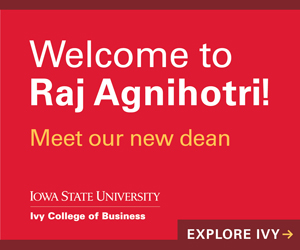‘Not your basic vegan’
How a woman, her employees and a bus are changing how we see food

Deidre DeJear Oct 27, 2020 | 9:17 pm
8 min read time
1,900 wordsArts and Culture, Business Record InsiderEditor’s note: The Business Record is proud to introduce Beyond the Bottom Line – a monthly series focused on small business owners and leaders who are rooted in passion and purpose. This initiative came about because we heard from audience members that they wanted to see more coverage of small businesses and wanted to get to know new people who haven’t always appeared in our coverage. We hope Beyond the Bottom Line inspires you to think differently about how you do business and also introduces you to folks you should get to know. These features will show you the can-do attitudes of those making our community and state a better place through their work. And perhaps most exciting, these stories are going to be told by someone who does that kind of work each day. We are excited to bring on Deidre DeJear, business leader and also a past Business Record Forty Under 40 and Women of Influence honoree, as the host of this series. This monthly series will include a full-length feature video and a print story sharing the conversation Deidre has with these leaders. Feedback and suggestions can be sent to me at emilybarske@bpcdm.com or you can reach me at 515-661-6085.
– Emily Barske, associate editor
I’m a small business owner, and when I started my business more than 10 years ago, it was at the brink of the recession. Folks were getting laid off from their jobs and had no choice but to become small business owners. When I reflect on the 2008 recession and the condition of small business owners today, I’m reminded that our small businesses are more than a bottom line. They are rich in culture, they’re rich in diversity, and more so than anything, they’re adding value to the communities in which they live.
Lyssa Wade is a scrappy small business owner who turned her passion for healthy food into what looks like the magic school bus: colorful on the exterior, and from the inside a dreamy production of delicious, healthy dishes. That bus is her Veggie Thumper vegan food truck. In our conversation below, she shares how it all came to be. Her story is homemade, fit to inspire.
I want you to talk a little bit about your hometown – you are from this city. Tell me a little bit about your upbringing and what’s led you to be where you are in the space as a small business owner.
Let’s see, I was born and raised here in Des Moines and worked in restaurants pretty much my whole life. I went to school for photography and I really did enjoy food photography, but then I had a child of my own and looking at food and controlling food and where it comes from and what was in it. I realized maybe instead of telling people what I don’t want, I should show them a different way of eating and growing their own food, so it started out with gardening after my father passed and I found out that I was pretty good at it. And once you start growing so much food, you have to figure out what to do with it, which meant cooking. I wanted to do meatless Mondays and my family did not care for meatless Mondays, and the passive aggressive side of me decided to make it meatless seven days a week.
So you went from working in restaurants to actually taking the leap to become your own boss. What made you do that, because there has to be some sense of comfort working for someone.
It was the frustration that I couldn’t get food that I wanted. I was hungry and I was on my bicycle at RAGBRAI and my bike was heavy, because it was full of snacks that I had made to bring along so I could have food to eat on this bike ride across Iowa. And up that hill in Marshalltown I was just like, “I’m just going to buy my own food truck and do this myself because there’s absolutely nothing around here to eat,” and I didn’t really think that it was going to happen. And then in 2016 I bought a bus. You learn a lot about yourself when you just start living with no regard to what’s going to happen next.
How long did the remodel process take?
Demo took me two weeks. As far as rebuilding, it took me three years just because equipment is expensive and I wanted to do it right. Every pop-up, I would try and buy something new. So after I’d done a couple pop-ups, I was like, “OK, I can put a down payment on a fridge now.” And it was piecing it together just right because I have 19 feet of kitchen space and figuring out what will fit through the back door. That’s been fun. … It took about three years to get it finished in 2019.
So, we’re in the midst of a global pandemic, and you have a food truck and someone may think, “Veggie Thumper is so awesome. It’s so amazing. They need their own restaurant.” What do you say to that?
I did this as a way to not have a lot of overhead. There was a lot that went into it, but at least it’s not just swallowing me. I like to move around – that’s my favorite thing about this is getting in the bus and leaving and going to another location. I like the fact that I can switch up my scenery.
I think your passion is obviously in food. Can you talk about the advocacy that you started doing in the midst of these pop-ups?
So it’s just been a learning process for them and for me, but also showing people what goes into food. You can put love into something and you can also still have your flavor without missing your meat, or at least I hope that’s the message people are getting from it. [Eating this food], my mom got off of the blood pressure medicines and greatly reduced using medicine, she lost weight. I lost weight. I just feel better overall, I’m healthier. I mean, I’d like to think my lifestyle contributes to the fact that after breaking my back in five places, in two weeks we’re back out. That, I think, would play a role in it.
So you’re telling me your back is broken right now?
Yeah, in five places. And I bruised my tailbone. And I feel that I’m doing OK for it being two weeks. So I think the food helps because it helps keep inflammation low. I just feel good. I mean, I don’t feel 100% right now, obviously, but on a day-to-day basis. (Wade broke her back when she fell off a Cyr wheel, an acrobatic apparatus.)
There were behavioral changes in my son because he was really young, you know when we started [eating vegan], it’s not like he ever ate a lot of processed food on my watch. What he did on his own time when he was away from me is a whole different story. But at the house, I feel like initially there were certain things that just seemed to transition and be easier for him to deal with. He’s missed one day of school and he’s 16.
When I walk up here, the folks who greet people, whether it’s your son or folks who are working with you, they’re very charismatic. They know people’s names. They’re engaging. It’s an atmosphere that you’re creating that is inviting even for people who love to eat meat. I mean, I eat meat. You create that space where people are willing to try something different. Is that done on purpose, or is that just being organic? Excuse the pun.
I mean I try and find people with the energy that is going to work on this bus. And that’s very important to me because I’ve worked in places before; it’s like one person can bring down an entire serving staff. And that’s not what I want to hear. I want customers to feel welcomed. I don’t want them to feel like I’m “that” type of vegan. People be like, “No, she’s not that kind of vegan.”
What’s “that” kind of vegan?
Vegans who get on their pedestal and they’re just condemning all the time. Things take time to change. And I know that I’ve been there. I’m not going to sit there and act as though I didn’t ever eat meat. I don’t look down on people because of what they’re choosing to eat, but I can teach them other ways or at least say a few things that maybe they will be like at least “I’ll try it.” And getting somebody to try something new – that’s huge because then maybe something will stick. So I would prefer people to feel welcomed and not put off by an attitude that we are “those” types of vegans.
There are challenges within the city as it relates to food deserts. There are challenges in the city as it relates to people getting access to fresh fruits and vegetables. How do we resolve those challenges collectively as a community?
Yes, it’s a matter of just retraining the mind and looking at your grass. So my issue with my yard was, I couldn’t eat it. I’m mowing it, I’m putting resources into it. My mom was having people come put toxic chemicals on it. And the more I learned, it was just like, so we’re poisoning the places that we’re supposed to find peace and we’re sending our children out to go play in pesticide grass. It just was not OK with me, and then to turn around and realize, oh, but then it’s going into our water. So it’s like this full circle of something we’re doing to beautify something you cannot eat.
And so [getting people to eat right] is just a matter of getting people to retrain their mind. Stop looking at the amount of time that goes into it because eventually it becomes second nature, just like anything else. But it’s really a matter of having the plan and us getting through to these large corporations that we appreciate junk food in moderation.
Sometimes people need that cookie for a birthday; sometimes people need that cake for celebration – but in moderation. We should not be burying people at the rate we’re burying them for things that are preventable. I don’t feel like all health issues are really hereditary – I think recipes are hereditary if you keep handing things down but you did not change the recipe that you keep handing down. Looking at what we’re putting into our body, the amount of nutrients that you’re getting out of something, and that’s the way I started looking at food. If it doesn’t make me feel good, why am I eating it?
I don’t want to have to deal with expensive illnesses when I could just spend a bit more on food or try a little harder to feed myself. And so it feels good. It can be a lot of work, but it’s also really gratifying. And then when you sit down to eat something that you grew yourself, I mean, it is pretty freakin’ cool.

